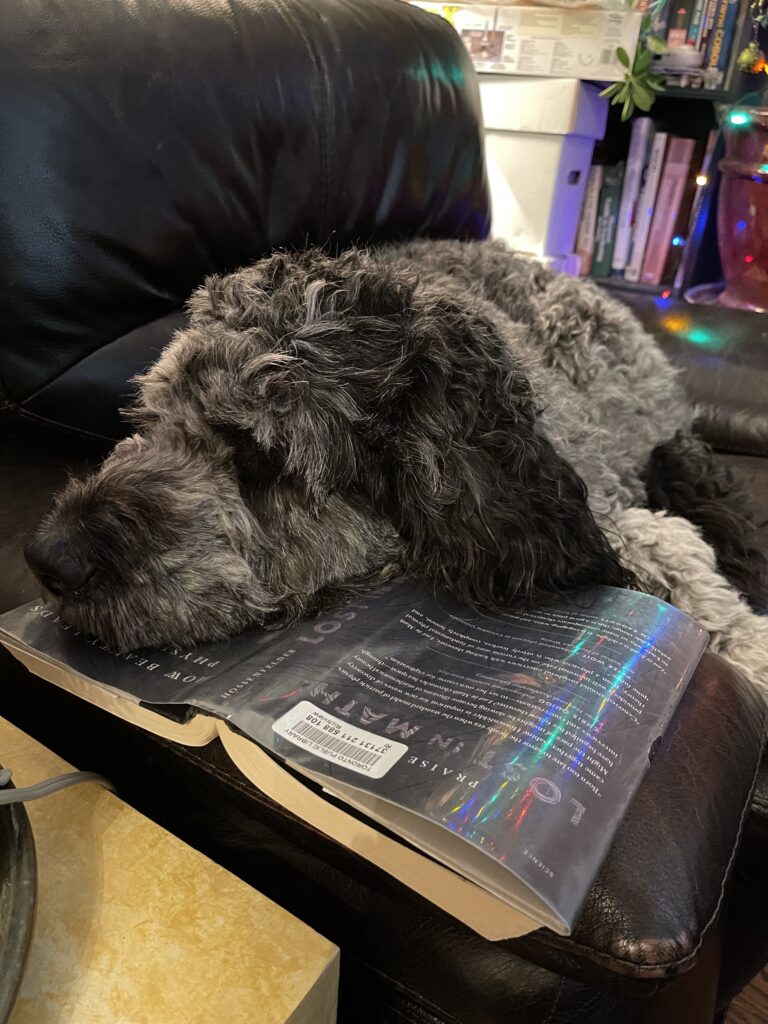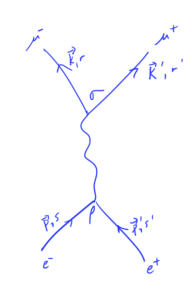“Lost in Math” is a book that I’ve been curious to read, as I’ve been a subscriber to Sabine’s blog and youtube channel for quite a while. On her blog and channel, she provides overviews of many topics in physics that are well articulated, as well as what appear to be very well reasoned and researched criticisms of a number of topics (mostly physics related.) Within the small population of people interested in theoretical physics, I think that she is also very well known for her completely fearlessness, as she appears to have none of the usual social resistance to offending somebody should her statements not be aligned with popular consensus.
This book has a few aspects:
- Interviews with a number of interesting and prominent physicists
- A brutal take on the failures of string theory, supersymmetry, theories of everything, and other research programs that have consumed significant research budgets, but are detached from experimental and observational constraints.
- An argument against the use of beauty, naturalness, and fine tuning avoidance in the constructions of physical theory. Through the many interviews, we get a glimpse of the specific meanings of these words in the context of modern high level physical theories.
- Some arguments against bigger colliders, given that the current ones have not delivered on their promises of producing new physics.
- A considerable history of modern physics, and background for those wondering what the problems that string theory and supersymmetry have been trying to solve in the first place.
- Some going-forward recommendations.
While there were no equations in this book, it is not a terribly easy read. I felt that reading this requires considerable physics sophistication. To level set, while I haven’t studied particle physics or the standard model, I have studied special relativity, electromagnetism, quantum mechanics, and even some introductory QFT, but still found this book fairly difficult (and I admit to nodding off a few times as a result.) I don’t think this is really a book that aimed at the general public.
If you do have the background to attempt this book, you will probably learn a fair amount, on topics that include, for example: the standard model, general relativity, symmetry breaking, coupling constants, and the cosmological constant. An example was her nice illustration of symmetry breaking. We remember touching on this briefly in QFT I, but it was presented in an algebraic and abstract fashion. At the time I didn’t get the high level view of what this meant (something with higher energy can have symmetries that are impossible at lower energies.) In this book, this concept is illustrated by a spinning top, which when spinning fast is stable and has rotational symmetry, but once frictional effects start to slow it down, it will start to precess and wobble, and the symmetry that is evident at higher spin rates weakens. This was a particularly apt justification for the title of the book, as her description of symmetry breaking did not require any mathematics!
Deep in the book, it was pointed out that the equations of the standard model cannot generally be solved, but have to be dealt with using perturbation methods. In retrospect, this shouldn’t have surprised me, since we generally can’t solve non-harmonic oscillator problems in closed form, and have to resort to numerical methods for most interesting problems.
There were a number of biting statements that triggered laughs while reading this book. I wish that I’d made notes of more of of those while I read it, but here are two to whet your appetite:
- If you’d been sucking away on a giant jawbreaker for a century, wouldn’t you hope to finally get close to the gum?
- It’s easy enough for us to discard philosophy as useless — because it is useless.
On the picture above.
I like reading in the big living room chair behind my desk that our dog Tessa has claimed as her own, so as soon as I get up for coffee (or anything else), she will usually come and plop herself in the chair so that it’s no longer available to me. If she was lying on the floor, and my wife sits on “her” chair, she will almost always occupy it once Sofia gets up. Ironically, the picture above was taken just after I had gotten to the section where she was interviewing Chad Orzel, of “How to Teach Quantum Mechanics to your Dog” fame.

